#electric chemistry
Explore tagged Tumblr posts
Text

“I feel safe with Edvin.” - Omar
#i mean come ON#look at that face!!!!#and edvin’s GENUINE XL smile (as the lovely glimmer says hahaha)#wow!#i will definitely be purchasing#not soon but soon 😜#edmar#edvin ryding#omar rudberg#vänner pästa 🍝#OMR beauty#wilmon#young royals#ELECTRIC CHEMISTRY#🔜#jfc they look so good together#🤎🤍#killing me softly tbh. soft like those sweaters they have on.#death by two swedish (and a little bit venezuelan) bathed in warm rich orange light#🧡🧡
509 notes
·
View notes
Text

Shonda Rhimes casting magic. She needs to bottle it, she has such a good eye for chemistry, but Luke and Nicola are going in the Hall of Fame next to Kerry and Tony.
#bridgerton#polin#bridgerton season 3#luke newton#nicola coughlan#shonda rhimes#electric chemistry#Colin bridgerton#penelope bridgerton#penelope featherington
102 notes
·
View notes
Text
Each other’s firsts and onlys. 💜💜


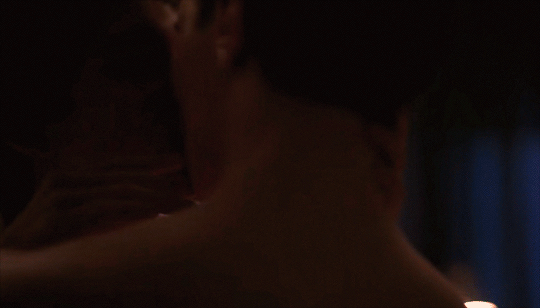


"I was just thinking, everybody's outside right now.." 💜💜
#so we have established ���#okay the way i actually always lowkey imagined their first time being like that#and it would happen in s3#good for them 😈#the jag älskar digsssssss after AJSHJSHSHSJSJSJSDJJSJDJDDJJD#and i love being right#wille’s anxious top rights were in full swing this season huh#ELECTRIC CHEMISTRY#wilmon#young royals#young royals season three#simon eriksson#prince wilhelm#they TRULY reclaimed EVERYTHING and i love them for it#the bestttttt intimate scene finally one without angst in the overcast#they deserve to feel good always 😏❤️🔥#and wille loves pleasuring simon canon 🫠#the ATTENTION wille gives simon while they’re intimate and the AGENCY#it’s what he deserves#honestly it’s what they both deserve#wilmon the interracial interclass ship of my dreams and it was#🤎🤍#goddamn they mean SOOO much to me#💜💜#🔥🔥🔥🔥🔥🔥🔥🔥🔥🔥🔥🔥🔥🔥🔥🔥🔥🔥🔥🔥🔥🔥🔥🔥🔥🔥🔥
2K notes
·
View notes
Text

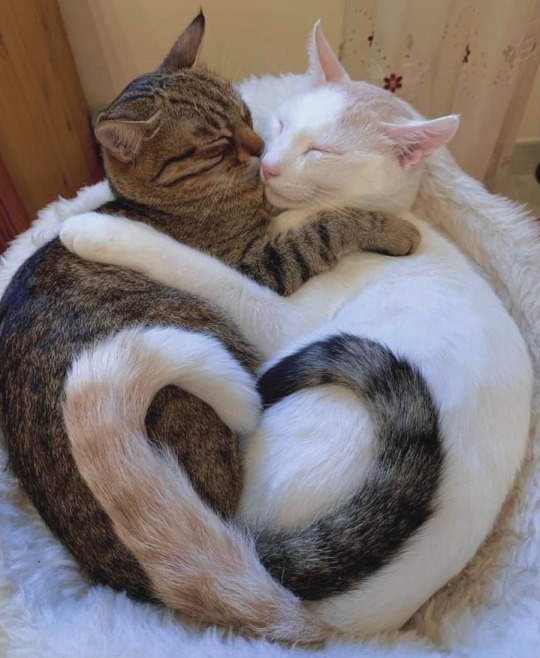

#it’s the same#the way the height difference becomes ten-fold by the end#incredible#fetus edmar was sooo cute!!!#so smol#so squish#and now they’re both becoming so handsome 🥹#edmar#edvin ryding#omar rudberg#prince wilhelm#simon eriksson#👑💜🎶#wilmon#electric chemistry#young royals#young kitties#forever in our hearts#🤎🤍
230 notes
·
View notes
Text
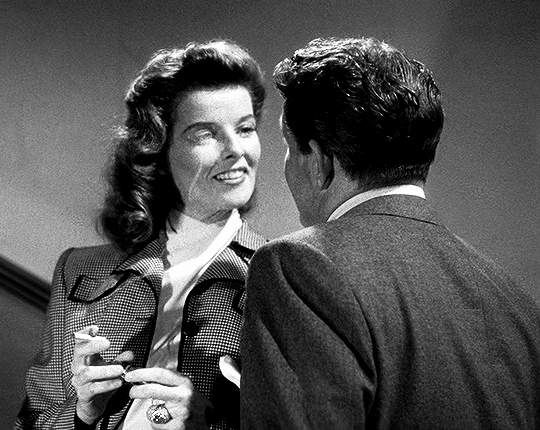






“Success is no fun unless you share it with someone.”
Katharine Hepburn & Spencer Tracy Woman of the Year (1942), directed by George Stevens
#woman of the year#woman of the year 1942#spencer tracy#katharine hepburn#george stevens#filmedit#filmgifs#filmtv#old hollywood#oldhollywoodedit#classicfilmsource#classicfilmedit#cinemaspast#*#pairing*#it’s still the month of love so I’ll post my most romantic draft#their chemistry in this movie was so electric it could power a small town during the winter
555 notes
·
View notes
Text










“I feel safe with Edvin.” -Omar Rudberg [x]
#this interview#of a beautiful human#was just beautiful#and so is edvin#how amazing it is that someone who has admitted to being guarded can feel safe with somebody else#i relate. i relate to my son. ����#especially cause this was omar’s first acting role and edvin has been acting since he was like two#it’s just so sweet#electric chemistry#🤍🤎#young royals#edmar#omar rudberg#edvin ryding#wilmon#simon eriksson#prince wilhelm#friends best#vänner pästa 🍝#i know ‘i feel safe with edvin’ was a moment that stood out to a lot of people myself included so#i decided to make a post of all the pics i could find that illustrated that#and omar is older but still doesn’t matter edvin just makes him feel safe in unfamiliar territory and i just 🥹❤️#not even 💜 anymore. ❤️.#AND he likes omar’s curls#i really can’t ask for better can i#they just make me emotional (affection)#i mean#omar’s disappearing smiley eyes? outstanding.#the adoption papers just came through#i have four sons now 🇸🇪💜🫶🏼
916 notes
·
View notes
Text
The exposed skin.
The beautiful contrast of their skin tone.
The endless hearts.
And once again,
And most important of all,
The vulnerability.
The soft passion.
The absolute
…agency. 💜

One heart wasn't enough...♡
#they look so good together#both of them SO deserving of unconditional love#and of course#✨AGENCY✨#young royals#young royals season three#wilmon#edmar#prince wilhelm#simon eriksson#edvin ryding#omar rudberg#🤎🤍#electric chemistry#for real though#🇸🇪🇻🇪#💜💜
744 notes
·
View notes
Text

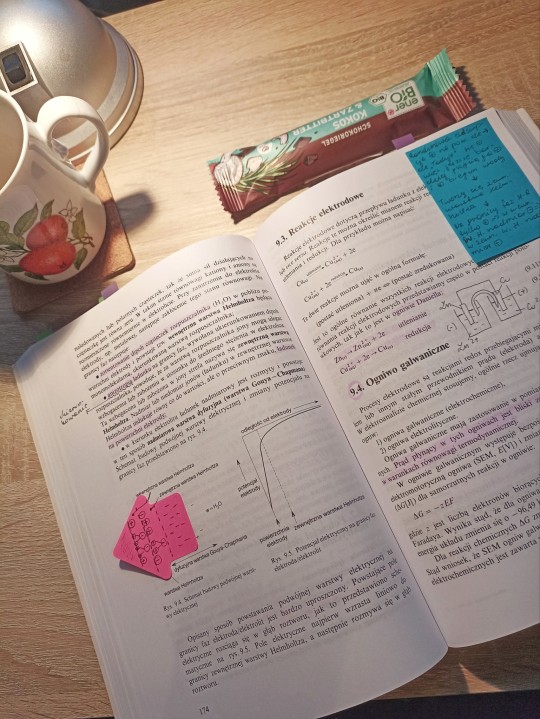
13 November 2024
Every time I have to study electrochemistry something inside me dies. I love chemistry, okay? Truly it's my biggest passion. General, inorganic, coordination, analytical, spectroscopy, thermodynamics? Yes please! Nuclear, kinetics, quantum? Not necessarily my favorite but still cool. Organic? I detested it but I was still pretty good at it. But electrochemistry is the bane of my existence. I hated it in analytical, I hated it in pchem, now I hate it in instrumental analysis. I suppose we all just need to have that one aspect of our beloved field that makes our skin crawl ¯\_(ツ)_/¯
#similarly i never liked the chapters on electricity in physics#but ive no idea why bc it's such an interesting concept#mine#op#studyblr#chemblr#studyspo#stemblr#chemistry
125 notes
·
View notes
Text
IF GMMTV DOESN'T GIVE AOUBOOM A SERIES AS MAINS I SWEAR TO FUCKING GOD

#THEY CAN'T KEEP SERVING SUCH UNPRECEDENTED UNPARALLELED UNMATCHED LEVELS OF CHEMISTRY ELECTRICITY MAGNETISM LONGING DESIRE LOVE#JUST TO BE TREATED LIKE THIS#I WILL PETROLBOMB THAT ENTIRE BUILDING IM NO LONGER JOKING AROUND ABOUT IT#aouboom#m: txt
68 notes
·
View notes
Text
“What would you do if I were there with you?”

“I would…run my fingers through your hair.”

Gifs by the lovely @books-books-smolderinglooks.
#currrrrrrrrlsssssssssss!!!!!!!!!!#���😭😭😭🥹🥹🥹🥹🥹🥹🥹🥹🥹😭😭😭😭😭😭😭🥹🥹🥹🥹🥹🥹#nature is HEALING#i love him 🤎#and his curls 🤎#and so does wille (canon!!!!!)#🤎🤍#wille was so fiercly defensive of simon this season AND we got this? amazing.#wilmon the interracial interclass ship of my dreams and it was 🚢#s3 simon really wasn’t playing around with his beauty 😍#he really said HOLD MY CURLS and wille said okay!#wille took that literally#and i took that personally (affectionate) 🥹#confirmed: wille loves the curlssss and simon loves when wille caresses the currrrrrls 😌#young royals#young royals season three#wilmon#prince wilhelm#simon eriksson#otp#otp: you were singing from your heart#otp: i want to be with you#otp: *gentle respectful curl caress*#even though they’re ❤️🔥❤️🔥❤️🔥 there’s still this undercurrent of purity and innocence in their intimacy and i love them so muchhhhhhhhhhh#the flashback i got to edvin saying he likes omar’s curls 🤧🤧🤧🤧🤧🤧🤧🤧🤧#edvin ryding#omar rudberg#electric chemistry#bless#💜💜
136 notes
·
View notes
Text
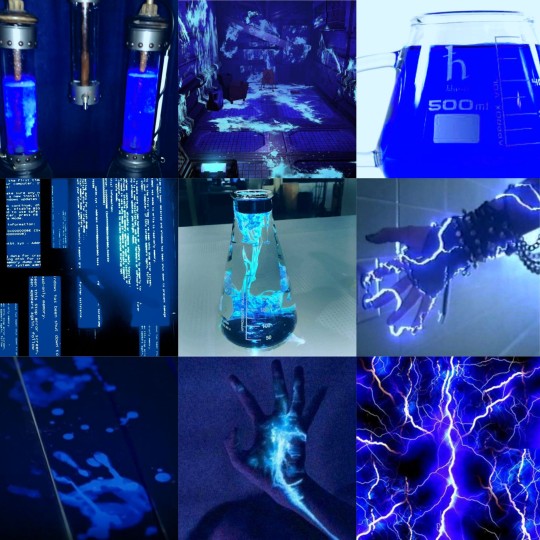
and of course we gotta talk about the electric blue mad scientist aesthetic!
#sciencecore#mad science#mad scientist#villaincore#scientist#scientists#villain#chemistry#evilcore#evil scientist#mad sciencore#labcore#laboratory#lab#neon aesthetic#neon#lightning#electricity#blue#neon blue
751 notes
·
View notes
Text
How to make plasma in the microwave using a grape (don't)
youtube
For those of you who don't want to watch the whole video (I recommend watching it, if only for the guy's extremely blase attitude to fire and poisonous gas in his microwave, here is just the plasma part:

And the crazy thing is, even though people have been making videos of this for over 20 years, scientists didn't actually know why it happens until 2019.
Basically, plasma is what happens to matter when it is superheated enough that electrons start to come loose from the atoms they belong to and just create a soup of charged particles. This Science article explains well how this effect is created by a halved grape connected by a thin strip of skin:
"Water-heavy grapes trap the wavelengths of energy microwave ovens emit because the waves are roughly the same size as the diameter of grapes. That energy starts charging up electrolytes inside the fruit, which then flow from one half of the grape to the other—using the strip of skin like an electrical wire and gaining energy as they go. The current quickly burns through the skin, causing the charged electrolytes to try to jump from one half of the grape to the other, supercharging the surrounding air into a bright flare of plasma—the same light-emitting state of matter responsible for the sun's rays and fluorescent lighting."
You can see in these energy diagrams of the microwaved grapes that when the grape halves are moved closer together, alllllll of the energy that is normally distributed throughout the two grape halves condenses down into an extremely small area between them to form a hotspot of radiation. The energy of this area is so great that it can heat the surrounding gas enough to turn it into plasma.
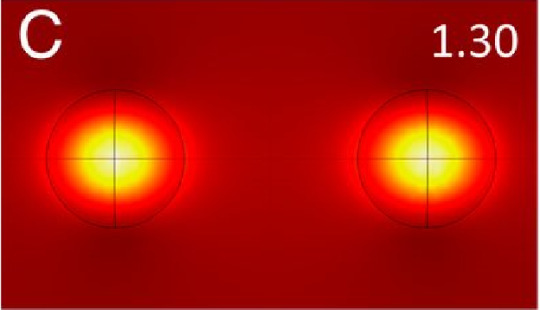
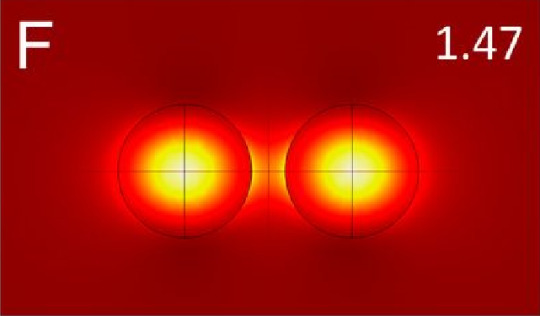
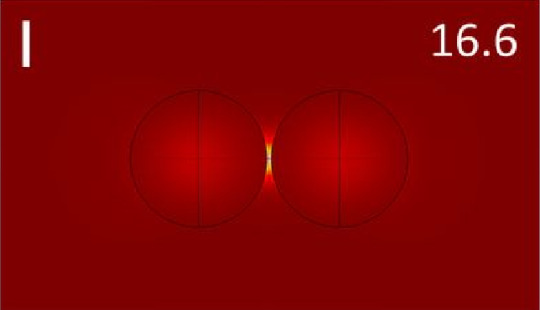
All this to say that this is a super cool quirk of science that you definitely should NOT try at home (the scientists doing the experiment to find out why this happened destroyed 12 different microwaves in the process lol)
#science#stem#science side of tumblr#stemblr#biology#biochemistry#chemistry#scientists#studyblr#physics#electricity
921 notes
·
View notes
Text
Me searching for Wilmon endgame like

#it NEEDS to happen#and none of this ‘open-ended’ shit#i’m sorry but that isn’t edgy that’s just stupid#especially in this case#wilmon#young royals#simon eriksson#prince wilhelm#otp#otp: you were singing from your heart#omar rudberg#edvin ryding#electric chemistry#i am WAITING!!!!!!!!!!!!!!!#💜💜
106 notes
·
View notes
Text
*blushes*


Omar Rudberg and Edvin Ryding. Young Royals BTS.
#so cuteeeeeee!!!!!!!#omggggg the 💗💛 sweaters#the smiles#i can’t with them. i really really can’t. (affectionate)#edmar#my beloved#edvin ryding#omar rudberg#young royals#wilmon#i love them soooooooooooo much#🤎🤍#ELECTRIC CHEMISTRY
253 notes
·
View notes
Text

#IFTTT#Flickr#money#industry#engineering#science#business#research#chemistry#electricity#physics#mathematics#astronomy#1956#scientist#nuclearpower#atomicpower#theatom#atomsforpeace
67 notes
·
View notes
Text








BENJAMIN TSANG x STAN HUANG. STARRING IN US (2021).
#benjamin tsang#stan huang#asianlgbtqdramas#asiandramasource#twdramaedit#dramasource#tvedit#*#faiza gifs#god the chemistry is ELECTRIC like WHERE IS THEIR FULL LENGTH BL COME ONNNNNNNNNNNNNNNNNNNNNNNNNNNNNNNNNNNNNNNNNN
72 notes
·
View notes